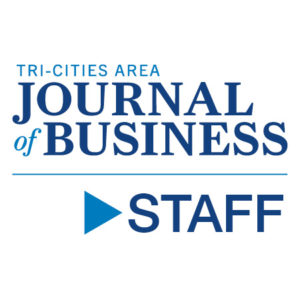
Home » Our future is bright if we unite behind energy
Our future is bright if we unite behind energy

December 16, 2022
The Tri-Cities is uniquely blessed when it comes to energy, and that makes it uniquely well positioned to become the regional, if not national, capital of clean energy development.
It will take the community working together to knit its many assets into a new engine to fuel our economy, from research at the Pacific Northwest National Laboratory, to the nuclear knowhow on display at Energy Northwest’s Columbia Generating Station and the Hanford site.
The work started more than a decade ago, as the Port of Benton, Washington State University Tri-Cities, Tri-City Development Council and labor and private industry came together with the mission to transform a community built by energy into one that supplies clean energy.
The effort, known today as “Washington Vertical,” paid off in November when the Association of Washington Business held its Energy Policy Summit in Kennewick, the inspiration for our Energy section in this month’s edition.
The summit was both inspiring about the possibilities of generating power without climate-altering carbon emissions, and a wake-up call to the reality that the region’s power supply is already constrained.
It’s a difficult message to those who are accustomed to thinking of the Northwest as home to abundant and low-cost energy, courtesy the network of dams and other facilities that feed energy into the Bonneville Power Administration’s vast transmission system.
That was true when BPA came into being in the 1930s. But demand within BPA’s territory has grown. The megawatts are all but spoken for. Newcomers to the system who want the cheapest Tier 1 power are capped at 10 megawatts, enough to power about 7,000 homes but not enough to serve energy-intensive industries, like hydrogen production.
Solar panels, wind farms and various battery projects are great additions, but they are intermittent and don’t replace the fossil-fuel burning plants being taken out of service. Portland General Electric stopped burning coal at its Boardman, Oregon, plant in 2020.
The 2019 Clean Energy Transformation Act, approved by the Legislature and signed into law by Gov. Jay Inslee, set the state on a path to generate power free of greenhouse gas emissions by 2045, with intermediate goals before then.
The legislation puts Washington among the leaders in embracing clean energy and for all the challenges, it puts the Tri-Cities at the heart of that mission.
The pieces are here: professional expertise, a knowledgeable workforce, educational institutions, land and, of course, abundant sun and hydropower. It’s time to seize the opportunity.
Energy Opinion
KEYWORDS december 2022





